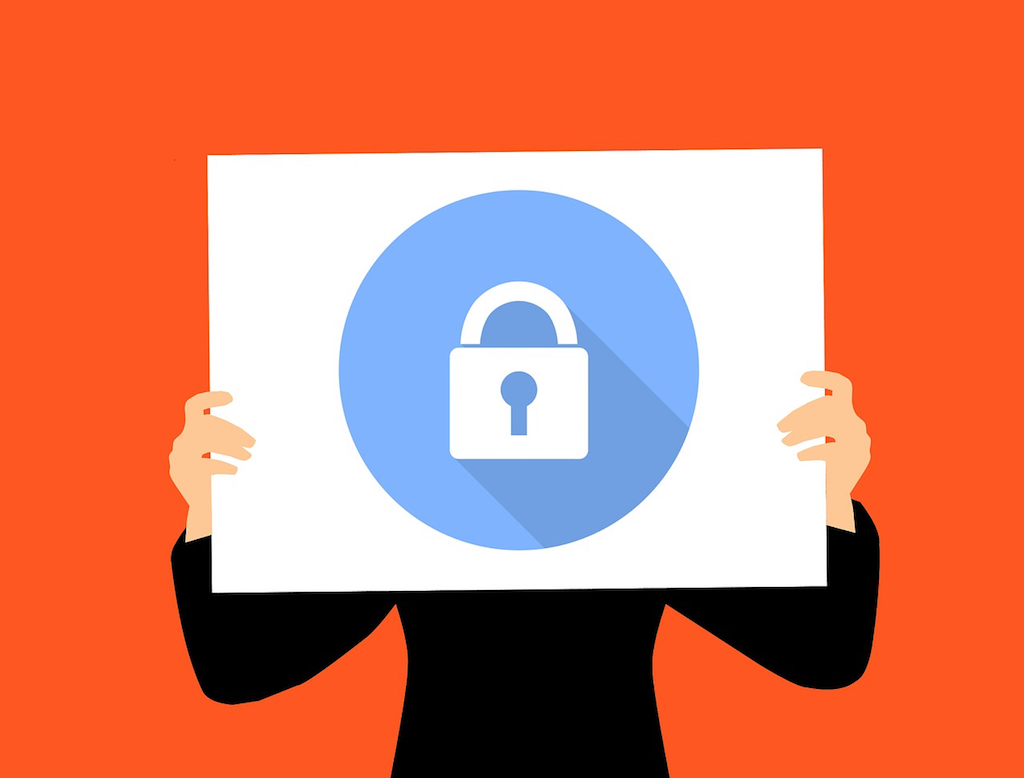Online Privacy & Security Course
Best Practices for You and Your Library Users
It seems like every day you hear of a new data breach. Is security dead?
If you read today’s headlines about security breaches, you might be thinking of going back to fax machines and snail mail. Or you might be assuming that privacy is dead and we may as well get used to it (and you have nothing to hide, right?)
There is no such thing as perfect security, but you can learn to greatly decrease your chances of something bad happening.
While there is no such thing as foolproof security and privacy, there is a middle ground that you can find by understanding and using particular techniques.
After you participate in this course, you will…
- know how to use technologies that protect your privacy and security.
- have a security action plan for your own data.
- be inspired to offer a workshop on this topic for your library users.
- easily continue your learning with the course resource guide.
Course outline
Each unit includes videos, hands-on assignments, readings, and discussion.
Unit 1 – Protecting Your Data
- The importance of regular backups (cloud and local)
- What to do if your phone is lost or stolen
- Protecting yourself from “ransomware” and other bad things
- Protecting your data on public wi-fi with a VPN
- Using mobile payment systems (Apple Pay or Google Pay)
Unit 2 – Authentication, Breaches, and Identity Theft
- Using a password manager
- Two-factor authentication
- Biometrics: Touch ID and Face ID
- Data breaches – when your private information is hacked
- Identity theft
Unit 3 – Privacy: How Your Data is Used
- Targeted advertising
- Private web browsing
- Anonymous web browsing with TOR
- Encrypted messaging, phone calls, and email
Unit 4 – Video/Audio and Creating Your Security Plan
- Protecting yourself from webcam hacking
- Protecting your privacy on voice computing platforms like Alexa and Google Home
- Creating your security and privacy plan
- Helping library users with security and privacy
- Learning more
What you'll need
Computers and/or Mobile Devices
You’ll need your own computer and/or mobile devices (Android or iOS) and the ability to download and install apps on them.
Apps
There are free versions or free trials for every app that we recommend, but you may want to consider paying for pro versions of some of the tools that you find most valuable, so you can get help during the course.
“This is the best ecourse I have ever taken. The content was current, the assignments were relevant, the instructor was accessible.”
“Nicole always provides valuable and relevant information. Thank you for this course!”
Online course
Nicole’s workshop is so pertinent to today’s concerns with privacy and the internet. She gave extraordinary information on how to be safer in the digital age. We can’t wait for Nicole to offer more workshops for our staff!
The depth and breadth of information you provided was enormous. I’ve attended many workshops covering online privacy, but I learned considerably more from your course than all those workshops combined.
Join us for the next session!
Begins June 8, 2021 (4 week course)
Offered via INFOPEOPLE online courses
$200
Learn to protect your data.
Create your privacy/security action plan.
Get the self-study version
Start and finish anytime
$89.99
Udemy
Learn to protect your data
Create your security action plan.

Learn to protect your privacy and security.
Create your security and privacy action plan.

Offer workshops for your library users.
Discuss the issues with your peers in the course.
Continue your learning with a resource guide.

Get a free copy when you subscribe.
Generative AI News
Sign up and stay current.
“Your newsletter is awesome, I’d been extremely busy lately and couldn’t check on news, but this newsletter precisely gave me what I wanted. Looking forward to your next issue. You are awesome!”
– Parikshit Joshi
